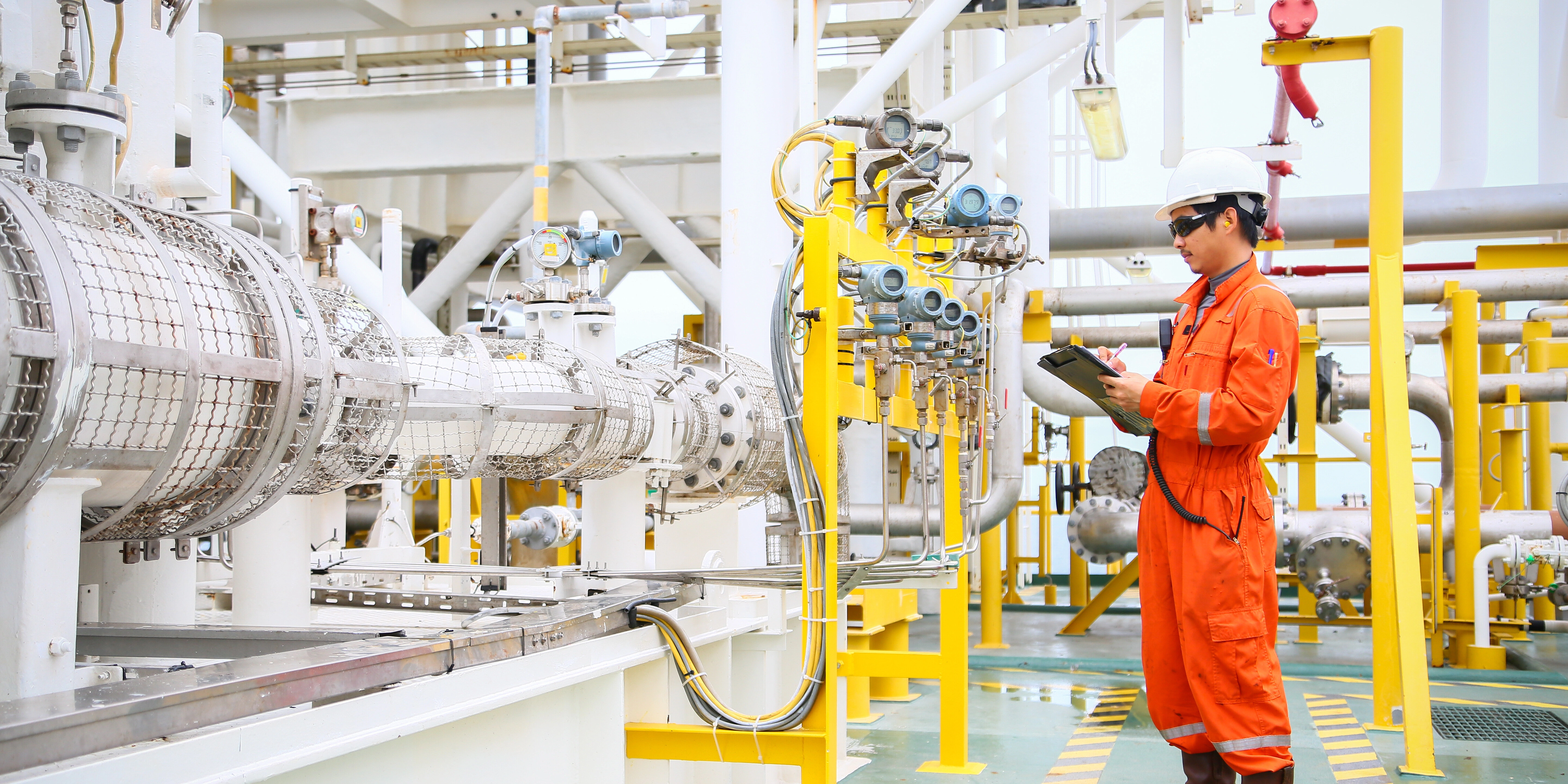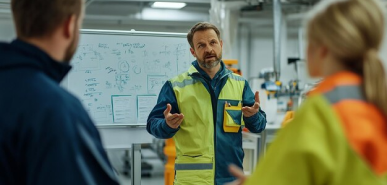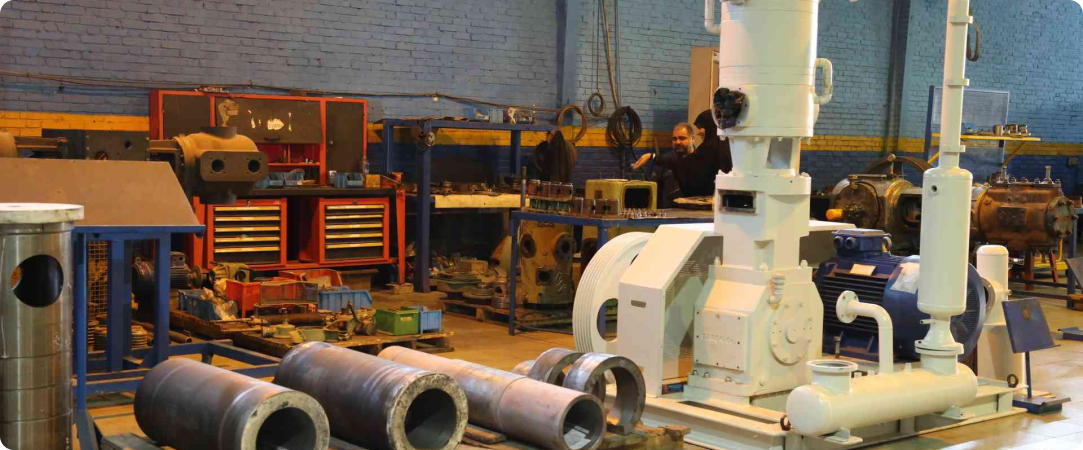
Compressor gas analysis operating
- Gas Composition Monitoring
Continuous analysis of the gas composition helps ensure that the compressor is handling the intended gases and that there are no unexpected contaminants.
- Efficiency Optimization
Monitoring gas properties allows operators to optimize compressor settings for efficiency, ensuring the equipment operates within specified performance parameters.
- Safety Considerations
Analysis helps detect any deviations from the expected gas composition, which could indicate leaks, contamination, or other issues that might pose safety risks.
- Environmental Compliance
Ensuring that the gas being compressed meets environmental standards is important. Gas analysis helps in monitoring emissions and complying with regulations.
- Condition Monitoring
Analyzing gas properties can provide insights into the condition of the compressor, helping identify potential issues before they lead to failures or downtime.
- Remote Monitoring
In some cases, gas analysis is done remotely, allowing operators to monitor compressor performance and gas composition from a control center.
Common parameters analyzed during compressor gas analysis include gas composition, temperature, pressure, and humidity. Sophisticated analyzers and sensors are used for real-time monitoring and data collection. Regular gas analysis as part of preventive maintenance can contribute to the overall reliability and longevity of the compressor system.
Last posts

cylinders in a Compressor
The cylinder of a compressor is a crucial component responsible for the compression of gas within the compressor. Compressor cylinders are pressure vessels designed to contain the gas during the compression cycle In reciprocating compressors, the compressing and displacing element is a piston that moves back and forth within the cylinder, creating the compression action

compressor air package
a compressor air package typically refers to a system that includes a compressor along with various components like tanks, dryers, filters, and controls An air compressor package compresses and stores atmospheric air. It takes in ambient air, compresses it, removes moisture and contaminants, and stores the compressed air for various applications where clean or compressed air is needed, like operating pneumatic tools, powering machinery, or supplying air for certain industrial processes.

COMPRESSOR operating conditions
The operating conditions of a compressor refer to the specific parameters and conditions under which the compressor operates effectively. These conditions can vary depending on the type of compressor and the intended application.

Compressor capacity
Compressor capacity refers to the ability of a compressor to handle and process a certain volume of gas or vapor within a specified time frame. It is typically measured in terms of volume flow rate and is commonly expressed in units such as cubic feet per minute (CFM) or cubic meters per hour.
Most viewed posts

Compressor capacity
Compressor capacity refers to the ability of a compressor to handle and process a certain volume of gas or vapor within a specified time frame. It is typically measured in terms of volume flow rate and is commonly expressed in units such as cubic feet per minute (CFM) or cubic meters per hour.

COMPRESSOR operating conditions
The operating conditions of a compressor refer to the specific parameters and conditions under which the compressor operates effectively. These conditions can vary depending on the type of compressor and the intended application.

cylinders in a Compressor
The cylinder of a compressor is a crucial component responsible for the compression of gas within the compressor. Compressor cylinders are pressure vessels designed to contain the gas during the compression cycle In reciprocating compressors, the compressing and displacing element is a piston that moves back and forth within the cylinder, creating the compression action


